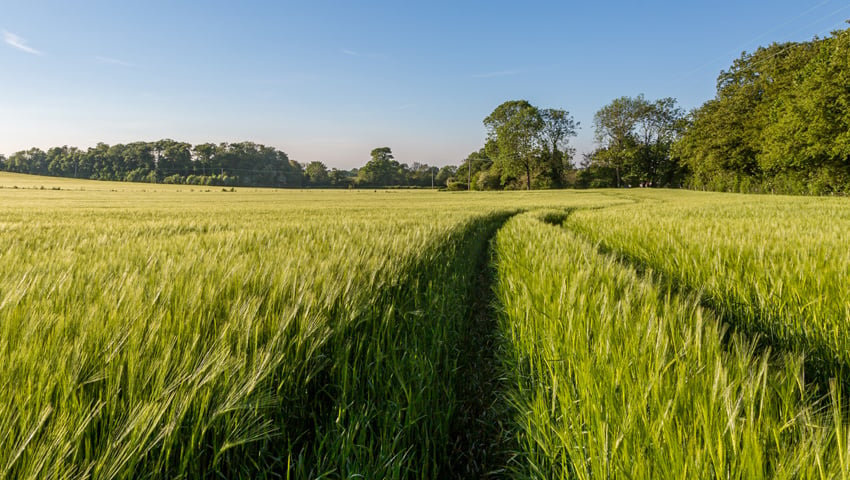The 2025 AHDB Planting and Variety Survey, conducted from 7 April to 16 May 2025, has revealed a partial rebound in the UK’s wheat area, offering a glimmer of resilience in an otherwise mixed outlook for UK crop production.
Wheat plantings have risen 6 per cent year-on-year to 1,623 thousand hectares (Kha), slightly surpassing expectations set by AHDB’s Early Bird Survey last November. However, the total wheat area remains below the five-year average, reflecting the lingering impact of a wet start to the 2024/25 planting season in some regions.
Millie Askew, AHDB Lead Analyst (Cereals & Oilseeds) said, “Growers had to fight the weather again last autumn to try to get back to their desired rotations after being forced to change the previous year, but this survey indicates it’s not been possible for everyone.
“The larger wheat area will help to mitigate the impact on 2025 production from the very dry spring we had this year. But there’s a lot of uncertainty over the prospects for all crops, including wheat, after such a dry spring.”
Wet weather last autumn contributed to a 7 per cent drop in winter barley area, with crop economics and rotation needs also influencing growers’ decisions. Combined with a 6 per cent year-on-year decline in spring barley, the total GB barley area is down 6 per cent year-on-year to 1,101 Kha.
In contrast, dry spring conditions supported planting, helping to limit the decline in spring barley and boosting oats. The UK oat area is estimated to rise 13 per cent year-on-year to 207 Kha, the highest since 2020.
The closure of Sustainable Farming Incentive (SFI) applications in England may have prompted some growers to switch to spring cropping. Data on grower participation in agri-environment schemes will follow in the coming weeks.
Meanwhile, the GB oilseed rape area dropped a further 19 per cent to 236 Kha – the lowest level in over 40 years – due to pest pressure, poor weather, and low returns, alongside alternative options under the SFI scheme.
Key findings of the Planting & Variety survey 2025:
- For UK, the total wheat area is estimated at 1,623 Kha, a 6 per cent increase from last year’s four-year low. However, this remains slightly below the five-year (2020–2024) average of 1,648 Kha.
- For UK, the oats area is estimated at 207 Kha, up 13 per cent year-on-year, and the highest level since 2020.
- For GB, the total area of barley is down 6 per cent compared to last year, at 1,101 Kha. This is 6 per cent below the five-year average of 1,176 Kha. Both spring and winter barley areas have declined year-on-year, albeit there is a larger fall in winter barley and smaller drop in spring barley than initially projected in the AHDB Early Bird Survey.
- For GB, the oilseed rape (OSR) area has dropped sharply, down 19 per cent to 236 Kha. It is the smallest area since 1983 and is 32 per cent below the five-year average of 346 Kha.
- For GB, the total cereals area edged up by 1 per cent from 2024 to 2,918 Kha in 2025, despite mixed changes for individual crops. It is still below the 2023 level of 2,991 Kha.
- For GB, total cereals and oilseeds area remains virtually unchanged, down just 0.5 per cent to 3,154 Kha. This is still below the ten-year average of 3,498 Kha, largely due to the sharp decline in OSR planting.
